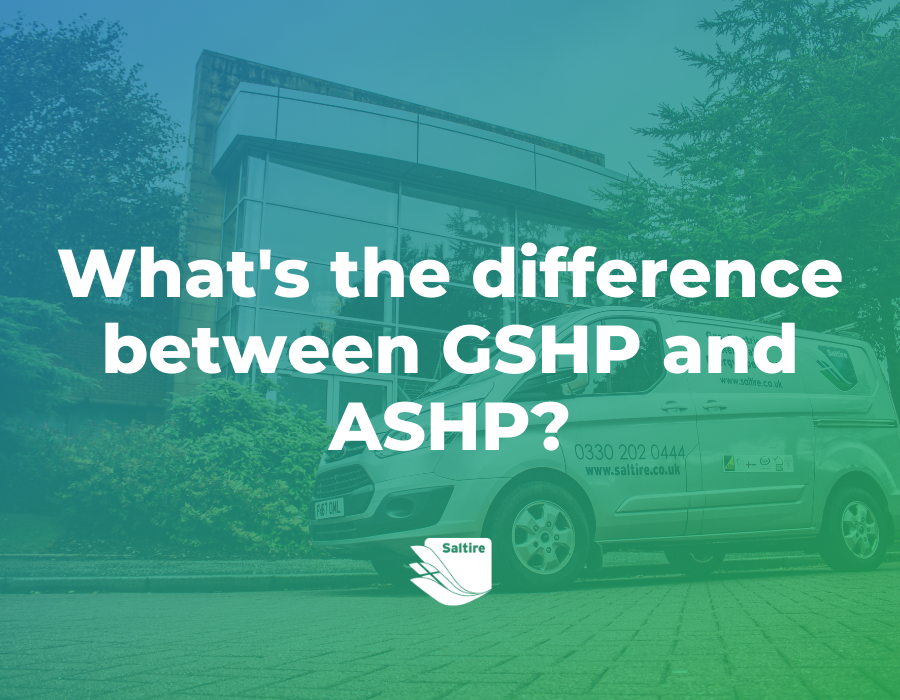The payback period for an air source heat pump (ASHP) can vary widely based on several factors, including your specific circumstances, the cost of installation, the efficiency of the ASHP, your energy consumption patterns, and the available financial incentives or subsidies. Here are some key considerations that can impact the payback period for an ASHP:
- Initial Cost: The upfront cost of purchasing and installing an ASHP is a significant factor. This cost includes not only the heat pump unit itself but also any modifications needed for your existing heating system and home. Generally, the higher the installation cost, the longer the payback period.
- Energy Savings: Your energy savings will depend on how efficiently the ASHP operates and how well it meets your heating needs. More efficient units and those properly sized for your home will yield greater savings. The local climate and your home’s insulation and energy efficiency also play a role.
- Energy Costs: The cost of the energy source you are replacing with the ASHP matters. If you’re switching from an expensive heating fuel like oil or electric resistance heating to an ASHP, your payback period could be shorter.
- Incentives and Rebates: Government incentives, tax credits, rebates, or grants can significantly reduce the upfront cost of installing an ASHP. These incentives can have a substantial impact on your payback period.
- Maintenance and Operating Costs: Consider the ongoing maintenance and operating costs of the ASHP. While these are generally lower than some other heating systems, they still factor into your overall cost and payback calculation.
- Energy Price Trends: The future price of energy sources (e.g., electricity, natural gas, oil) can impact your payback period. If energy prices rise significantly, your ASHP may provide quicker returns on your investment.
- Financing Options: The method you use to finance your ASHP installation can affect the payback period. If you’re taking out a loan or using a financing plan, you’ll need to account for interest and monthly payments.
To estimate the payback period for your specific situation, you should conduct a detailed financial analysis, taking into account all of these factors. This analysis will involve calculating your expected energy savings, factoring in the installation and operating costs, and considering any available incentives.
In many cases, an ASHP can provide a payback period within the range of 5 to 15 years, although it can be shorter or longer depending on the factors mentioned above. Keep in mind that while the initial investment may seem substantial, an ASHP can provide long-term energy savings and contribute to reduced carbon emissions, making it a worthwhile investment for many homeowners interested in energy efficiency and sustainability. Consulting with a qualified HVAC professional or energy advisor can help you make a more accurate estimation based on your unique circumstances.


